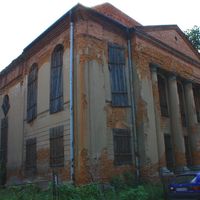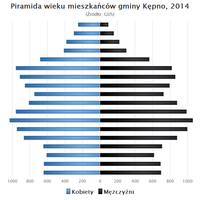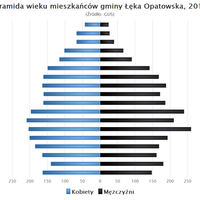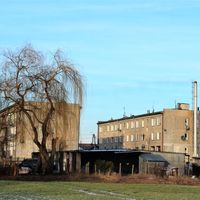Kępno County
7.11
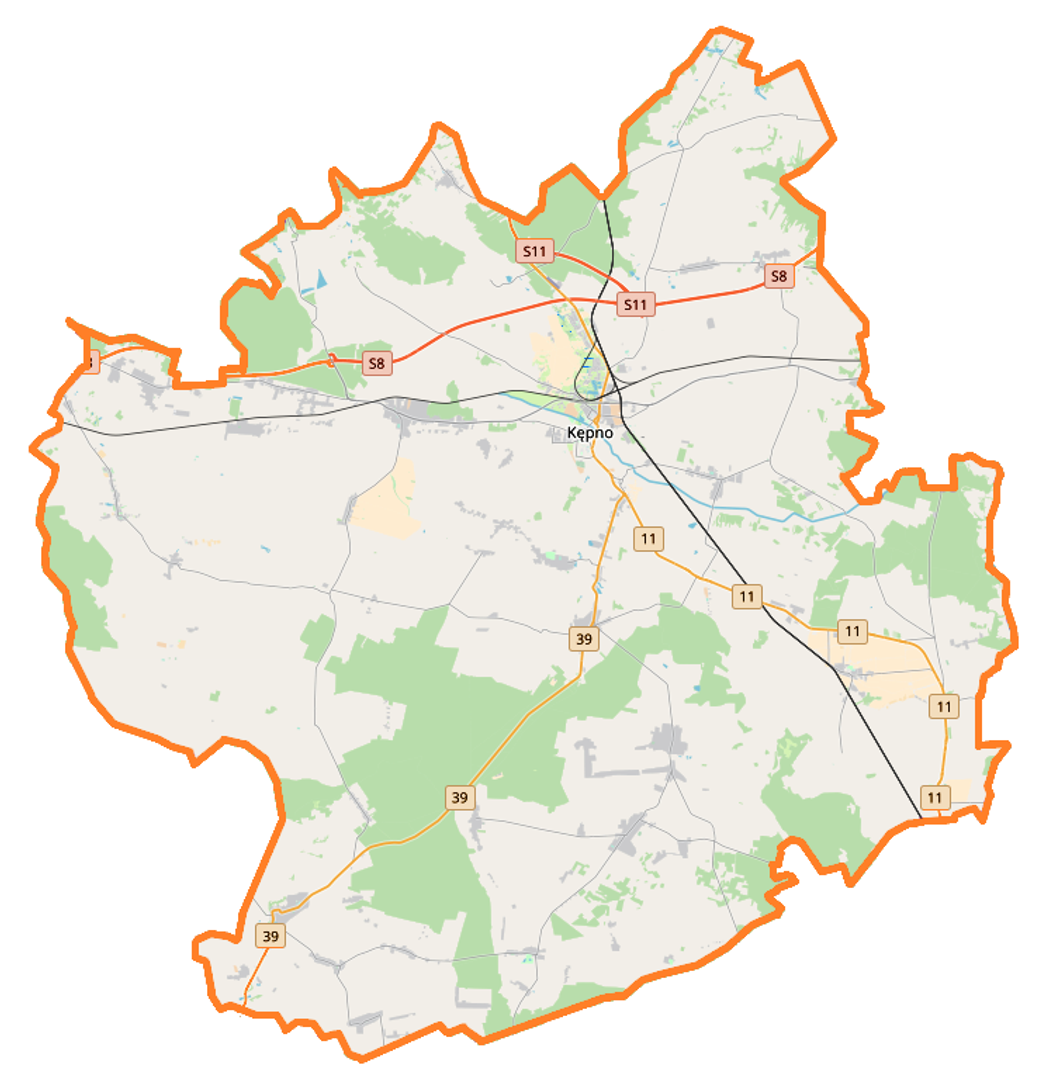
Overview
Kępno County, established in 1999 within the Greater Poland Voivodeship, has its administrative seat in the town of Kępno. The county encompasses the urban-rural municipalities of Kępno and Rychtal, as well as the rural municipalities of Baranów, Bralin, Łęka Opatowska, Perzów, and Trzcinica. Its history is deeply rooted in the past, linked to the former Kempen in Posen district, which operated from 1887 and was renamed Kępno County after World War I. In 1920, territories from Germany were incorporated, enriching its administrative structure. Territorial disputes and changes in affiliation also occurred during World War II, when the county was incorporated into occupied Greater Poland as Kempen (Wartheland). Geographically, the county lies within the Wieruszów Plateau and Ostrzeszów Hills, giving it a distinctive terrain. Nature enthusiasts are drawn to its rich natural reserves, such as Stara Buczyna and Las Łęgowy, along with 24 natural monuments. The region’s cultural value is reflected in its numerous heritage sites, including places of worship like the synagogue in Kępno, churches in Drożki, Proszów, and Rychtal, as well as palaces and manor houses like the palace in Mroczeń and the Baroque manor in Nosale. The town halls in Kępno and Rychtal also showcase the area’s historical architecture. Economically, the county is diverse, with agriculture and the wood industry playing dominant roles, particularly along the so-called Kępno furniture basin. Kępno serves as the most important local center and reported low unemployment in 2007. Transportation in the county relies on rail, with Kępno as the key junction, and national roads, facilitating connectivity with other regions. Kępno County is bordered by Ostrzeszów, Wieruszów, Kluczbork, Namysłów, and Oleśnica counties, fostering further cultural and economic interactions. The region blends a rich historical heritage with dynamic modern life, offering both natural and architectural attractions.
Location
Country
You can also find here:
2025 Wizytor | All Rights Reserved
